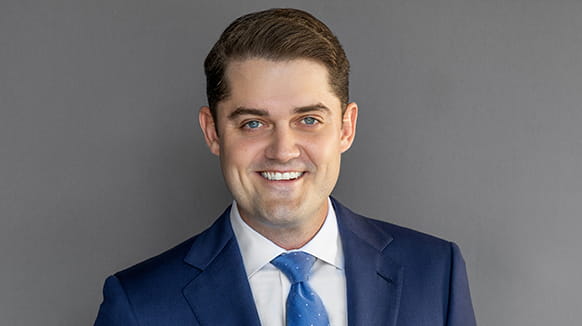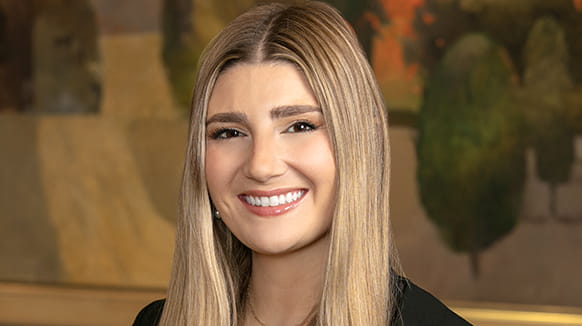Haynes Boone Partner Mike McArthur and Associate Caylee Phillips authored an article for Sports Business Journal as Lamar Jackson and Dale Earnhardt Jr. find themselves in a trademark dispute over rights to the number 8, highlighting the challenges with claiming exclusive rights over a number shared by athletes across different sports. As more players suit up to defend their brands, the scope of enforceable rights in an athlete's number and the likelihood of consumer confusion is at question.
Read an excerpt below.
When you think of the No. 23, who comes to mind? Michael Jordan or LeBron James are likely candidates among NBA fans, while David Beckham or Bubba Wallace may be a more popular choice for supporters of soccer or NASCAR. Beyond athletics, consumers regularly encounter 23 on sneakers, fashion campaigns, song lyrics and product advertisements to the extent that it has evolved from a jersey number to become a pop culture icon in its own right. This kind of recognition raises an interesting question: When a number becomes part of an athlete’s brand, can a single athlete truly own it to stop others from using their same number on similar products?
That question is at the heart of a recent trademark dispute between NFL star quarterback Lamar Jackson and NASCAR legend Dale Earnhardt Jr. Both athletes have built personal brands around the No. 8. Jackson has worn the No. 8 since his college days at Louisville and throughout his time in the NFL with the Baltimore Ravens. Off the field, he launched “Era 8,” an apparel and lifestyle brand, and filed multiple trademark applications covering a range of apparel and merchandising goods. Earnhardt, meanwhile, is known for the No. 8 in the racing world, having driven the No. 8 car for the majority of his NASCAR career. He, too, recently filed trademark applications for stylized versions of “8,” also seeking protection for various apparel and merchandising goods.
Their efforts came to a head when Jackson opposed registration of one of Earnhardt’s trademark applications at the United States Patent and Trademark Office (USPTO), arguing that Earnhardt’s “8” mark was too similar to his own and could confuse consumers. Despite starring in different sports, Jackson claimed that the overlap in their merchandising offerings could mislead fans about the source of the goods. Earnhardt withdrew his application shortly after the opposition was filed, ending the dispute and avoiding a potentially contentious legal battle.
This tension highlights a growing trend: Jersey numbers are no longer just functional identifiers on the field. They have become powerful marketing tools capable of capitalizing on fan loyalty, merchandise sales and brand partnerships. Athletes are increasingly turning to trademark law to protect the numbers that have become synonymous with their athletic identities.
How, then, can athletes protect the number that has become a key element for their personal brands? Under U.S. trademark law, a mark must be used in commerce and serve to identify the source of goods or services. Wearing a number on a jersey is not enough. To obtain trademark protection, the number must be used in connection with a commercial offering — such as on merchandise, promotional materials or other consumer-facing goods or services — and used in a way that consumers associate it with a particular source. The mark must also be distinctive enough to warrant protection and avoid confusion with others using similar numbers as marks on related products.
The Jackson-Earnhardt dispute highlights key challenges with protecting and asserting exclusive rights in a number. From a practical standpoint, there is a limited pool of numbers (e.g., 0-99), and many of them carry significance across multiple sports. The No. 8, for example, is meaningful in both football and racing, and many fans would associate it with both athletes depending on the context. While it might seem improbable that a NASCAR fan would confuse an Earnhardt hoodie with a shirt from Jackson’s “Era 8” brand, trademark law does not require actual consumer confusion — only a likelihood of it. And if two athletes are using the same number in similar ways for the same types of products, the USPTO or a court may find consumer confusion too likely to allow them to coexist. After all, consumer protection is a primary driver of trademark law.
To increase the odds of securing trademark rights, athletes (or their management teams) should keep a few things in mind.
To read the full article from Sports Business Journal, click here.

